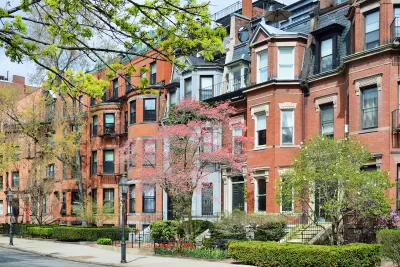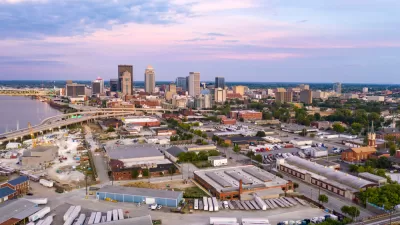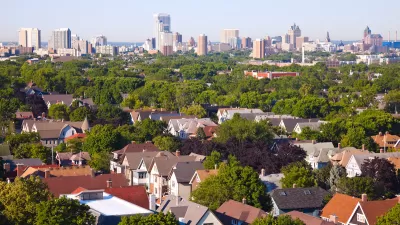Classist and racist zoning decisions from decades past reverberate in today’s neighborhoods.

A new report from Boston Indicators “examines how zoning restrictions over the last 100 years has been used to exclude people along race and class lines in Greater Boston,” highlighting the need for zoning reform that can alleviate the region’s housing crisis and begin to undo decades of discriminatory policies. Zeninjor Enwemeka describes the report’s findings in an article for WBUR, noting that “Many suburbs of Boston used zoning policies to explicitly retain wealthy people and restrict lower-income people over decades, the report found.” Due in part to the connection between class and race, the report found racial disparities as well.
Last century’s zoning decisions are still important, the article notes, because they largely dictate new laws. “According to the report, zoning restrictions also helped create housing scarcity and high housing costs in the region as communities sought to be more "exclusive, desirable, expensive." And these things impact everyone today as there is more demand for housing, the report said.”
The report praises the recently passed MBTA Communities zoning law, which requires upzoning near transit to make room for more housing, and calls for more state-level zoning reform.
FULL STORY: How Greater Boston's zoning decisions reverberate a century later

Study: Maui’s Plan to Convert Vacation Rentals to Long-Term Housing Could Cause Nearly $1 Billion Economic Loss
The plan would reduce visitor accommodation by 25,% resulting in 1,900 jobs lost.

North Texas Transit Leaders Tout Benefits of TOD for Growing Region
At a summit focused on transit-oriented development, policymakers discussed how North Texas’ expanded light rail system can serve as a tool for economic growth.

Why Should We Subsidize Public Transportation?
Many public transit agencies face financial stress due to rising costs, declining fare revenue, and declining subsidies. Transit advocates must provide a strong business case for increasing public transit funding.

How to Make US Trains Faster
Changes to boarding platforms and a switch to electric trains could improve U.S. passenger rail service without the added cost of high-speed rail.

Columbia’s Revitalized ‘Loop’ Is a Hub for Local Entrepreneurs
A focus on small businesses is helping a commercial corridor in Columbia, Missouri thrive.

Invasive Insect Threatens Minnesota’s Ash Forests
The Emerald Ash Borer is a rapidly spreading invasive pest threatening Minnesota’s ash trees, and homeowners are encouraged to plant diverse replacement species, avoid moving ash firewood, and monitor for signs of infestation.
Urban Design for Planners 1: Software Tools
This six-course series explores essential urban design concepts using open source software and equips planners with the tools they need to participate fully in the urban design process.
Planning for Universal Design
Learn the tools for implementing Universal Design in planning regulations.
City of Santa Clarita
Ascent Environmental
Institute for Housing and Urban Development Studies (IHS)
City of Grandview
Harvard GSD Executive Education
Toledo-Lucas County Plan Commissions
Salt Lake City
NYU Wagner Graduate School of Public Service





























